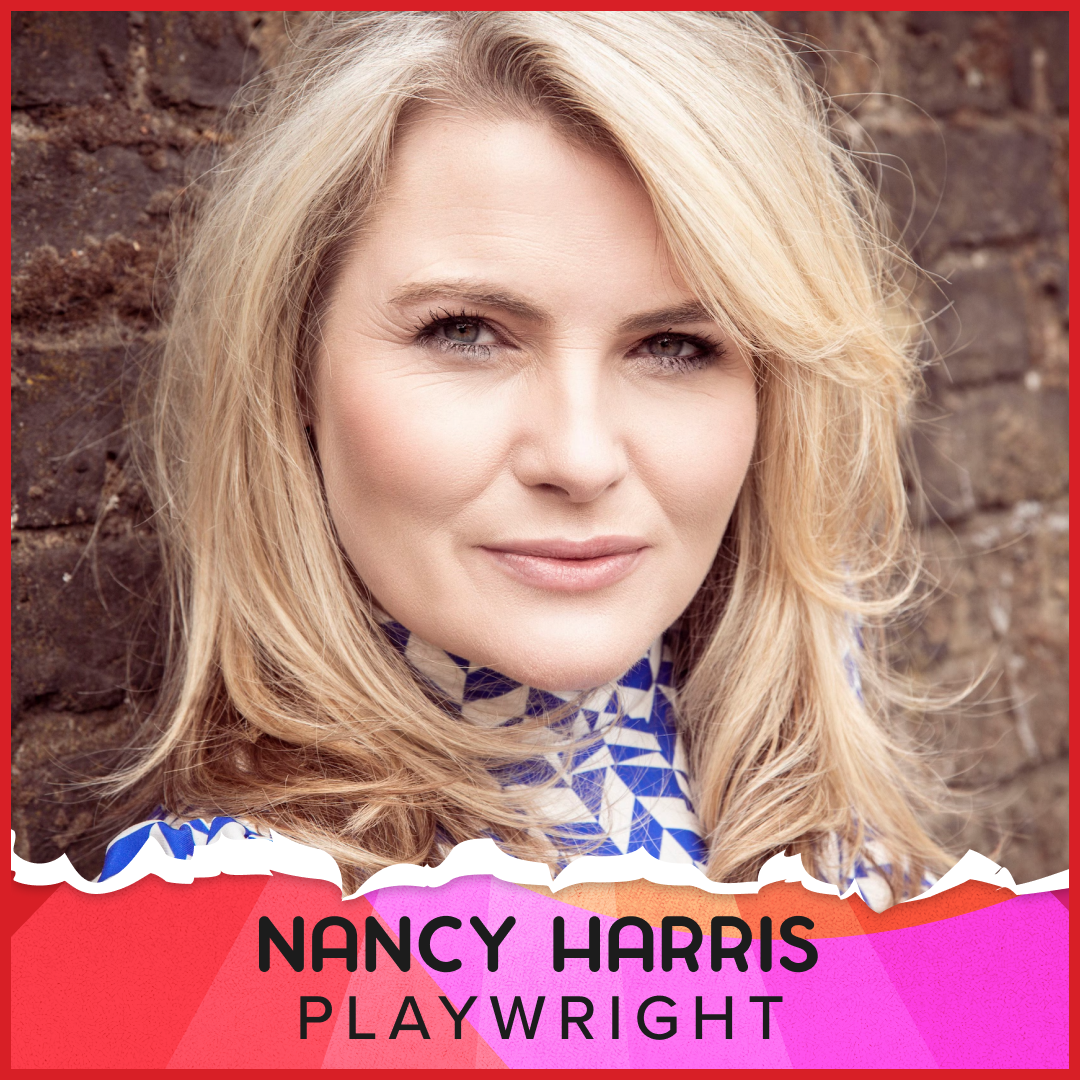 The idea for The Beacon began with two things – a place and an image. The place was West Cork and the image was of a glass house overlooking the wild Atlantic sea.
The idea for The Beacon began with two things – a place and an image. The place was West Cork and the image was of a glass house overlooking the wild Atlantic sea.
The play was originally commissioned by Druid, the renowned new writing company founded by Garry Hynes, and based in the west of Ireland. Working with a company whose history was so grounded in that part of the country got me thinking about my own west of Ireland roots. Though originally from Dublin, my family moved to West Cork for an extended period of time when I was a small child because my father, another writer, was immersed in historical research about the area during the famine.
The village, Baltimore, now a popular holiday destination, was still mostly a working fishing village in those days. Though beautiful in summertime — when holiday-makers came from all over Europe and filled the pubs and coves, with many a summer romance ignited in June and extinguished by August — the winters there were not for the faint hearted. Grey skies surrounded by grey seas and long months of short daylight hours can take their toll on psyches used to the distractions of city life. My mother still talks of lonely winter afternoons in the empty village, pushing my buggy up and down the small pier, silent but for the ghostly clinking of boats tied to their moorings, their summer owners long gone.
Our time in West Cork was formative for many reasons. Lifelong friendships were forged with locals and indeed, some members of the family never left. As a result, it’s a place I have returned to again and again throughout my life, and I have always loved it — especially the islands, which are beautiful, remote, and somewhat mysterious. If one believes a West Cork winter to be arduous, living all year round on a stark island requires a tolerance for isolation not to mention an inner resilience most people don’t have — or want.
Despite this, a large number of visual artists seem to be drawn to the islands — whether for their beauty or lack of distraction — and this has always intrigued me. Being a writer, I am always struck by the confidence of painters and sculptors, visual artists of all kinds in fact, who present their work to the world and feel no compunction to explain it. Of course their work has meaning, but what you as a viewer experience when you look at it, what it provokes in your heart, your mind, your conscious — and unconscious — that’s yours. Art is an experience. Like theatre. And for some artists there is no line between their work and their life.
It seemed to me that there was potential in the collision of some of these ideas: an outsider in a place that is not her home, which is both remote and in its own way claustrophobic. And an artist whose life has always been her work to the point that she is now residing in a ‘glass box’ — literally making ‘an exhibition of herself’ — but perhaps for the very reason that she does not want to be revealed.
These paradoxical ideas led to other ideas and questions: if someone has such an intense and passionate relationship with their art, can the real-world relationships of flesh and blood ever measure up? And how does that affect those who love them? And can we ever really know the ‘truth’ of a thing — be it a person, a place, or a work of art? And if we could, would we want to?
Nancy Harris
August 2024